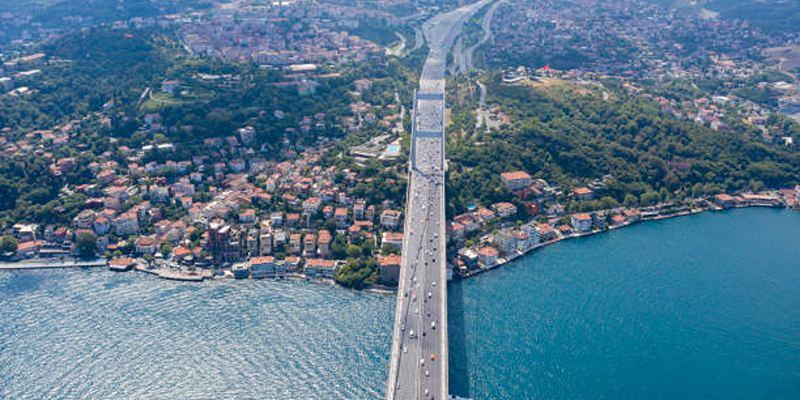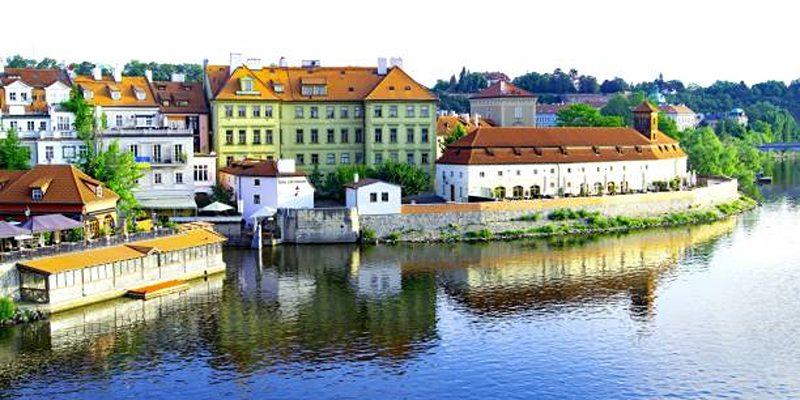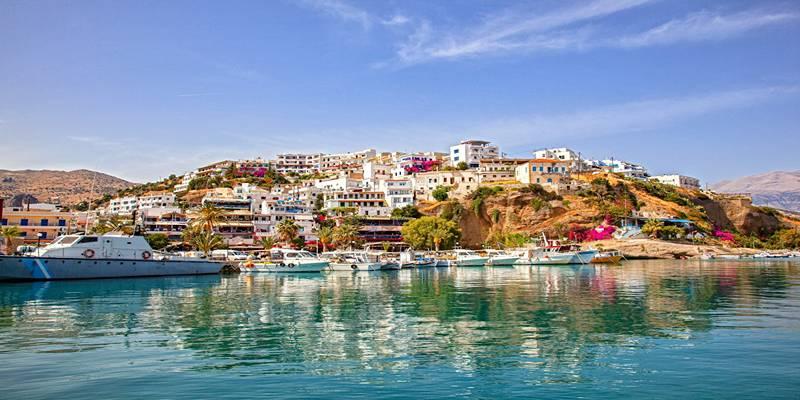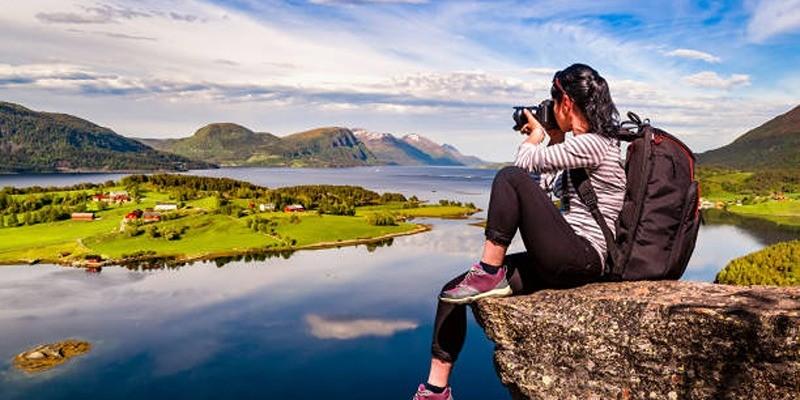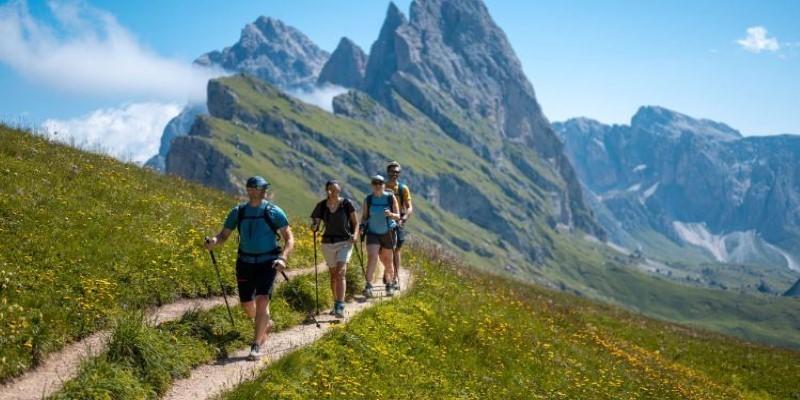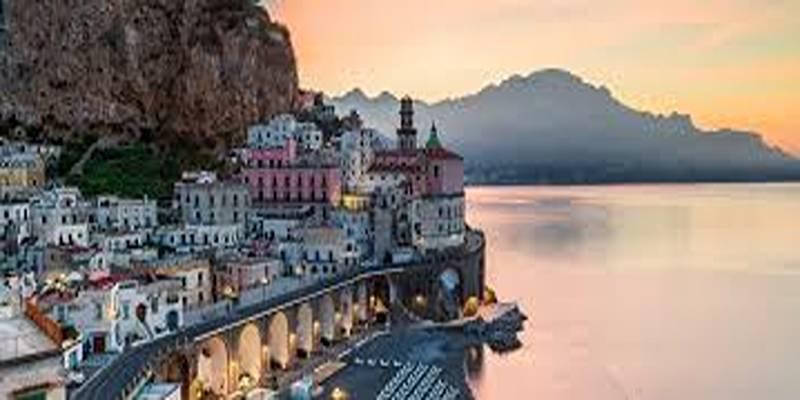It’s early morning, and mist hangs low over the jagged limestone peaks of the Dolomites. The air is sharp, the kind that wakes you up without coffee. Underfoot, the trail is rocky, winding its way through alpine meadows and craggy switchbacks. All around, these mountains — part of the larger Italian Alps — rise in pale gray and gold walls, catching the early light. This isn’t the kind of hike where you race to the top and call it done. Hiking the Dolomites is slow, deliberate, and unforgettable. It's a walk through stories written in stone, snow, and silence.
The Landscape That Shapes the Hike
The Dolomites are not like other mountain ranges. Located in northeastern Italy, these peaks are known for their sharp vertical cliffs, needle-like towers, and dramatic geological formations. They were once coral reefs beneath ancient seas, and that ancient origin gives them a look that feels out of place — almost lunar — especially when the sun hits them at an angle.
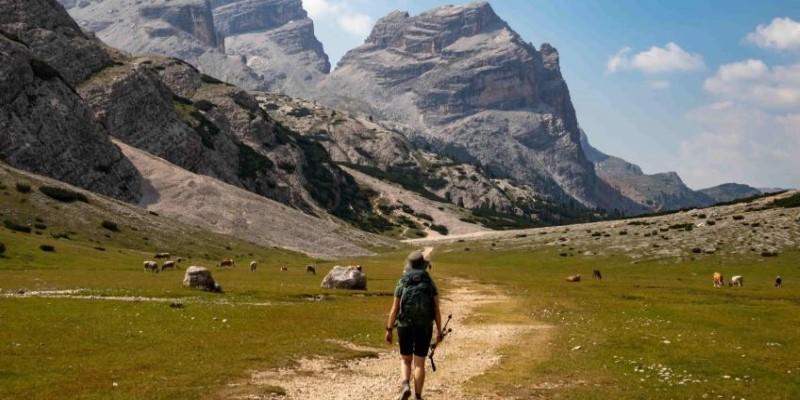
When you hike here, you’re moving through terrain that shifts in tone and texture throughout the day. There are high alpine plateaus that roll like waves, narrow ridgelines that make you catch your breath for more than one reason, and green valleys where cows graze under church steeples and the distant hum of cowbells blends with the wind.
The trails are well-marked and extremely varied. Some routes are simple, gentle walks — perfect for half-day loops or family outings. Others, like the Alta Via 1 or Alta Via 2, are multi-day undertakings that wind through remote sections, past mountain huts, across scree fields, and via ferrata routes fixed with cables and iron steps. The altitude isn't extreme — most peaks range between 2,500 to 3,200 meters — but the topography can be demanding, especially when weather turns.
What makes this area special is how accessible the wilderness is. You can finish a long hike and be back in a valley town eating hot polenta or apple strudel before sunset. The balance between raw landscape and human-scale comfort is unusually well struck in this part of the Italian Alps.
Rifugi: The Culture of Mountain Shelters
One of the defining parts of hiking the Dolomites is the experience of staying in rifugi — mountain huts that are equal parts shelter, community, and tradition. These aren’t rough lean-tos or tents. Rifugi are sturdy alpine lodges, often perched in locations that seem improbable: on a cliff edge, nestled in a bowl beneath towering spires, or tucked along a narrow saddle.
Each rifugio has its own character. Some are small and family-run, with wooden interiors and a single room for all hikers. Others are more spacious, with private rooms and hearty meals. What connects them is the sense of connection they foster. Over shared tables, hikers swap stories, weather tips, and route ideas. Strangers become trail partners. And when the stars come out — and they really do shine bright here — it’s one of the few places where silence feels complete, not empty, but welcoming and deeply memorable.
You don’t need to carry heavy gear if you're hiking the Dolomites over several days. Most rifugi offer blankets, warm food, and a place to rest. Reservations are usually necessary in high season, but the process is simple. The hut system makes longer routes feel approachable, even for those who don't consider themselves hardcore trekkers, offering comfort while preserving the spirit of mountain adventure.
Seasons, Weather, and Choosing the Right Route
The best months for hiking the Dolomites are June through September. Late June brings blooming wildflowers, and September gives you clear skies and cooler temperatures. July and August are busier, but with good reason — trails are fully open, rifugi are staffed, and there’s a celebratory mood in many of the towns.
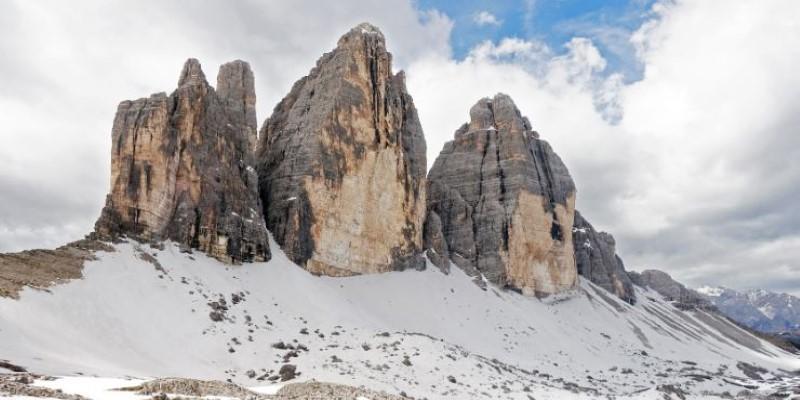
The weather in the Dolomites can change quickly. Mornings often start clear, with clouds building by afternoon. Afternoon storms are not uncommon, especially in midsummer. It's always a good idea to start early, bring extra layers, and plan hikes that leave you off exposed ridges before the late hours.
Choosing your route depends on what kind of experience you want. For long-distance walkers, the Alta Via trails offer a great through-line: dramatic views, reliable rifugi, and a sense of progression. For day hikers, there are countless options. Tre Cime di Lavaredo is a popular loop with epic views and accessible paths. The area around Val Gardena and Alpe di Siusi offers rolling landscapes, photogenic peaks, and easy lifts to higher altitudes, perfect for families or anyone wanting gentler terrain.
Those looking for more challenging hikes can try routes near Marmolada — the highest peak in the Dolomites — or tackle via ferrata routes, where iron ladders and cables allow access to cliffs and ledges that would otherwise be the domain of climbers.
The Italian Alps, particularly the Dolomites, are full of contrasts — gentle and steep, open and closed, simple and stunning. And while maps help, it's the act of walking them that fills in the meaning, leaving hikers with memories that last well beyond the season.
End of the Trail
At the close of a long day hiking the Dolomites, when your legs ache and your skin carries the warmth of the sun, there’s a kind of satisfaction that feels rare and lasting. These mountains don’t demand attention; they simply exist, letting their jagged edges, shifting shadows, and deep silence speak. What they give is more than scenery — it’s memory, the sort that lingers well after boots are cleaned and trails forgotten. The Dolomites belong to the Italian Alps, yet they stand apart, carrying their own rhythm, their own story, and their own gravity. Hiking here isn’t about numbers or summits. It’s about stepping into a living landscape, one that always calls you back without fail.

